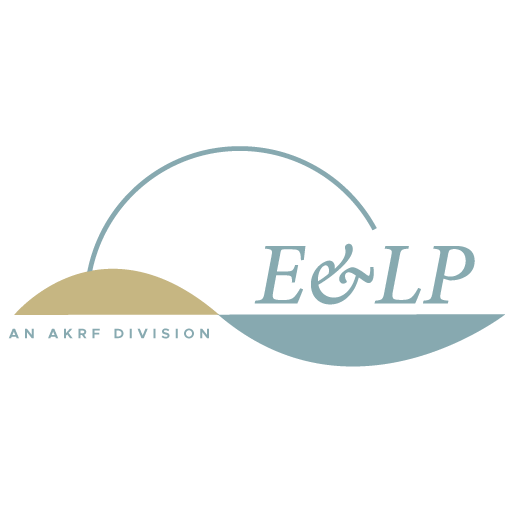E&LP utilized advanced bedrock diagnosis to distinguish chemicals released on site from similar impacts from adjacent properties.

Investigation of multicompartment underground storage tank and assessment of contents.
E&LP on this complex industrial site to remediate numerous significant environmental impacts associated with its 100 plus year history of industrial use along the Passaic River. The critical element was to quantify the costs for our client to remediate the site to facilitate the sale and redevelopment of this brownfield property and establish the residual, long term liability costs to transfer to the developer.
By defining the potential costs to mitigate the environmental impacts, E&LP was able to develop an innovated yet novel cash flow model to address the compliance issues within the NJDEP regulatory and mandatory deadlines. In essence, we simplified the compliance costs into an ordinary site expense equivalent to property tax that could be accounted for within the site management budget. This provided us the flexibility to prioritize and eliminate the regulatory compliance issues within the site management budget AND served as the basis to establish an escrow for long term compliance issues post sale of the property. E&LP assisted the client in maximizing the economic return on this contaminated property while eliminating future liability.
Multiple chemical releases occurred at the site, from underground tank breaches to illegal discharges of heavy metals and chlorinated solvents from industrial operations such as metal plating and tanning. The delineation of these subsurface impacts was complicated as the site resides
within a heavy industrial area with several known and likely unknown contributors to groundwater impacts within the region. Site soil, groundwater and indoor air contained chemicals such as acetone, chlorinated solvents (PCE, TCE), isopropyl alcohols to heavy petroleum distillates as well as emerging chemicals such as 1,4-Dioxane and per- and polyfluoroalkyl substances (PFAS).
E&LP used a technical weight-of-evidence approach based on New Jersey Department of Environmental Protection (NJDEP) and Interstate Technology & Regulatory Council (ITRC) guidance to discern the characteristics and distribution of the compounds released to the subsurface due to the historic operations versus those released hydraulically up-gradient which are migrating onsite. The appropriate remedial actions were developed to protect human health and the environment, and mitigate these compounds over time.
Emerging contaminants such as but not limited to, 1,4-dioxane and per- and polyfluoroalkyl substances (PFAS) are also ubiquitous to the region and were observed at higher levels migrating onto the property.
Several forensic techniques were used to quantify and distinguish the chemicals present in the bedrock aquifer that originated off site and co-mingled with the compounds historically released from site operations. Our work identified the compounds that served as excellent chemical tracers to help distinguish on and off-site impacts. One of the under-utilized scientific techniques used by E&LP was chemical molar plots, as illustrated below, that use distinct chemical fingerprints to clearly discerned releases attributed to site operations vs. off-site sources.
Use of molar plots is an evaluation of the chemical characteristic ratios in order to determine the unique chemical signature of each on- and off-site source. Once segregated, the chemicals associated with site operations were delineated and the appropriate remedial action, predominately the use of long term Monitored Natural Attenuation, was pursued for the site.
1. Bedrock geophysics log illustrating water and chemical movement through bedrock fractures.
2. Groundwater and contaminate flow patterns based on forensic investigation, documenting offsite chemicals migrating onto BIC property to aid in remediation planning process.
At a Glance
Client: Belleville Industrial Center
Date: 2015 – Present
Location: Belleville, NJ
Services
Surveying
NJDEP Regulatory Compliance
Site Investigation
Remedial Actions
Asbestos Surveying
RELATED PROJECTS








